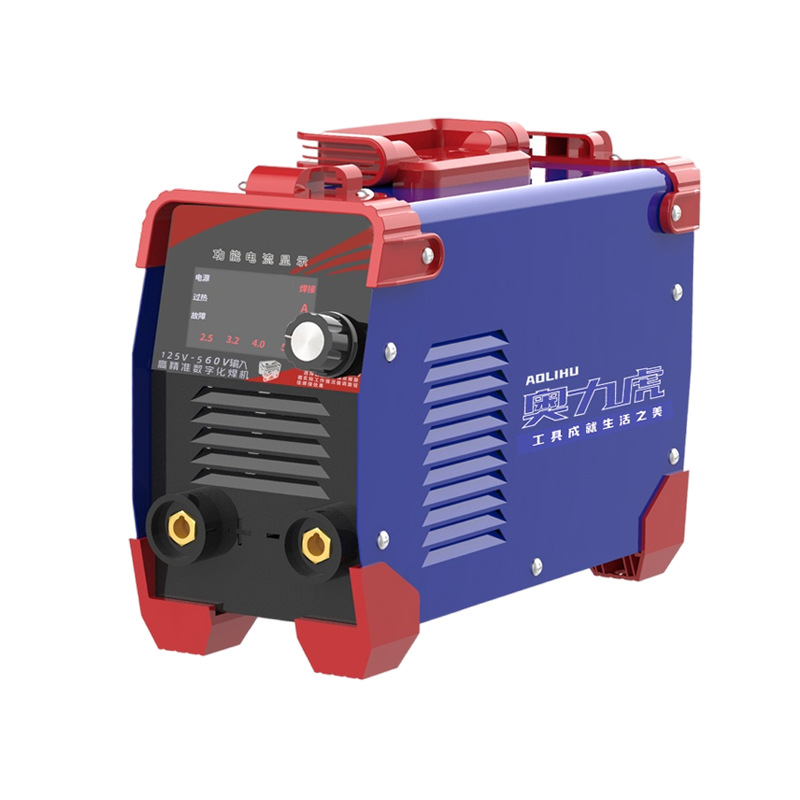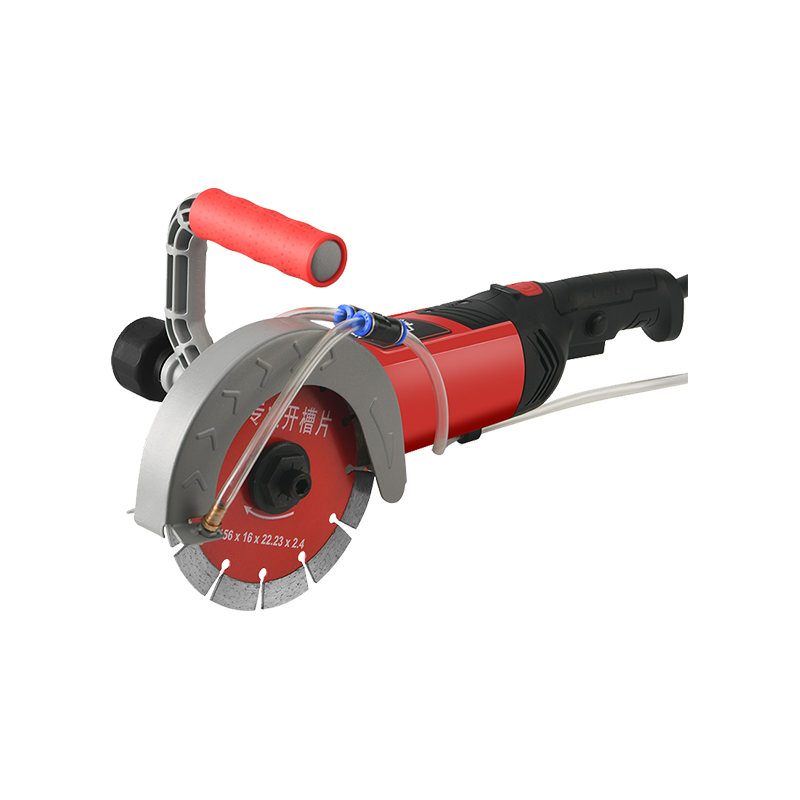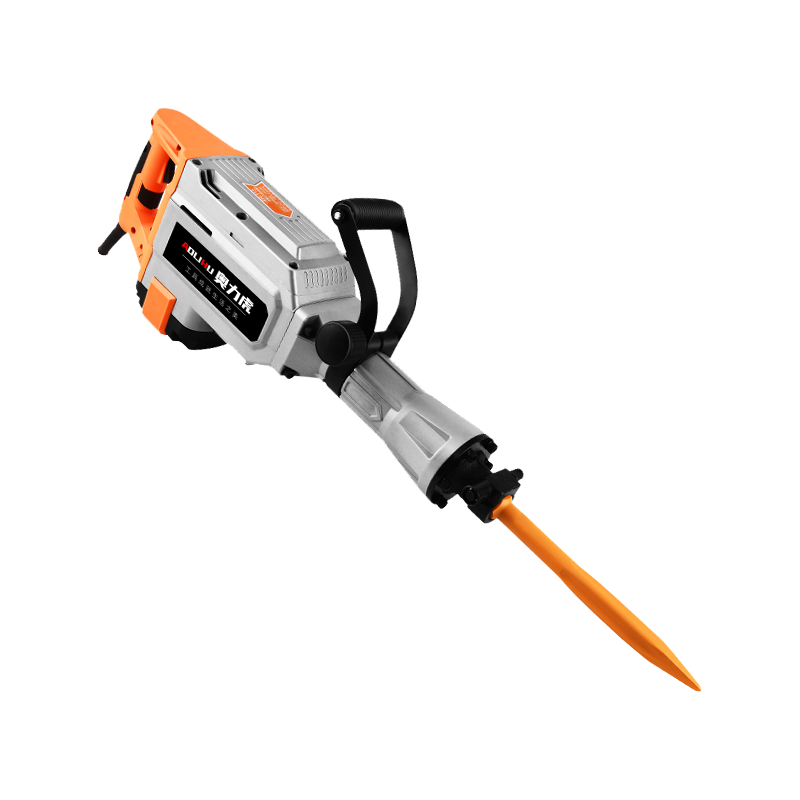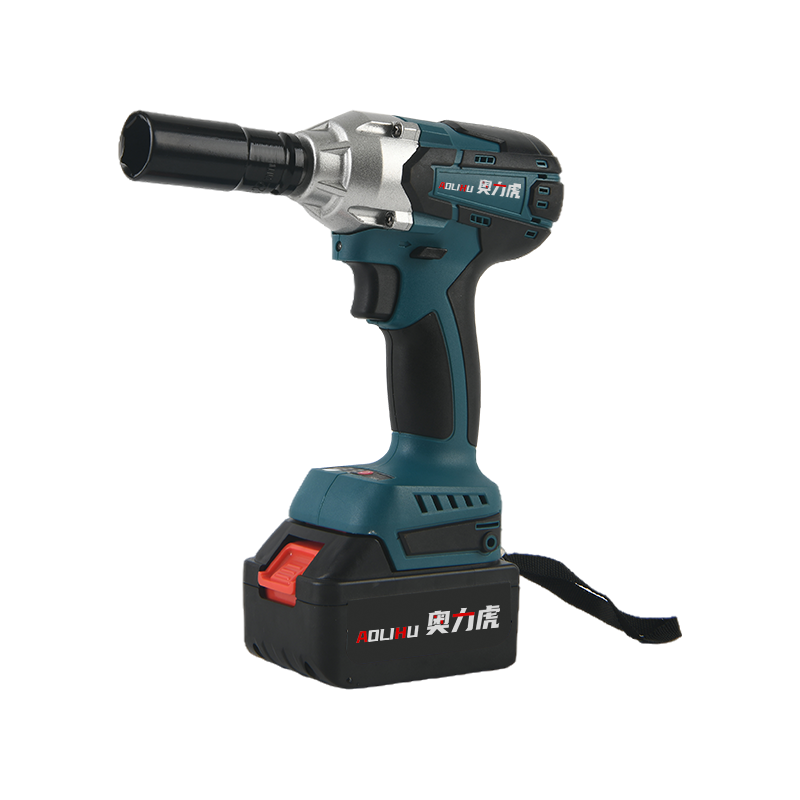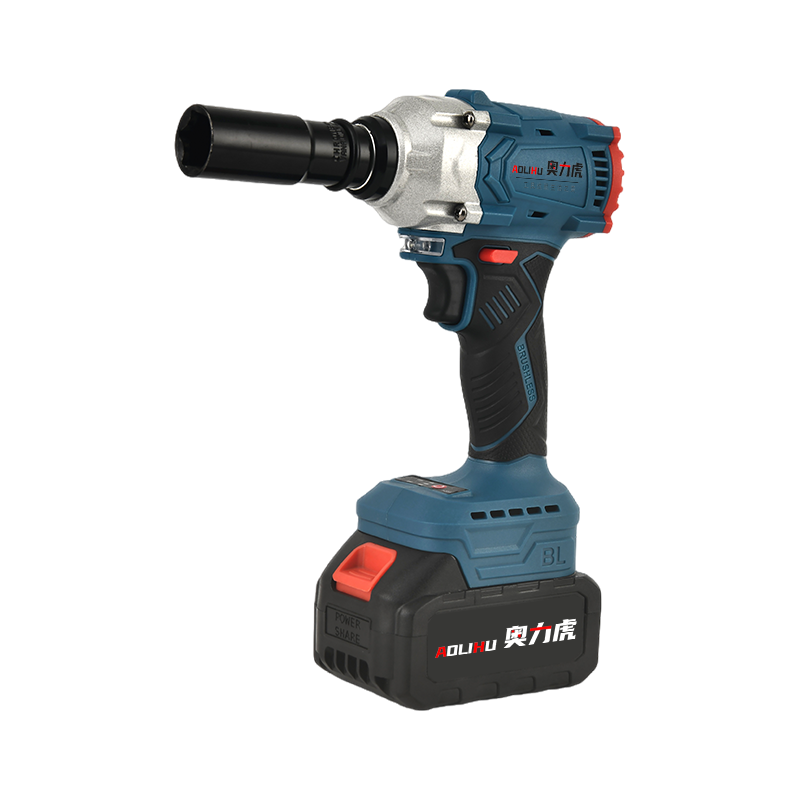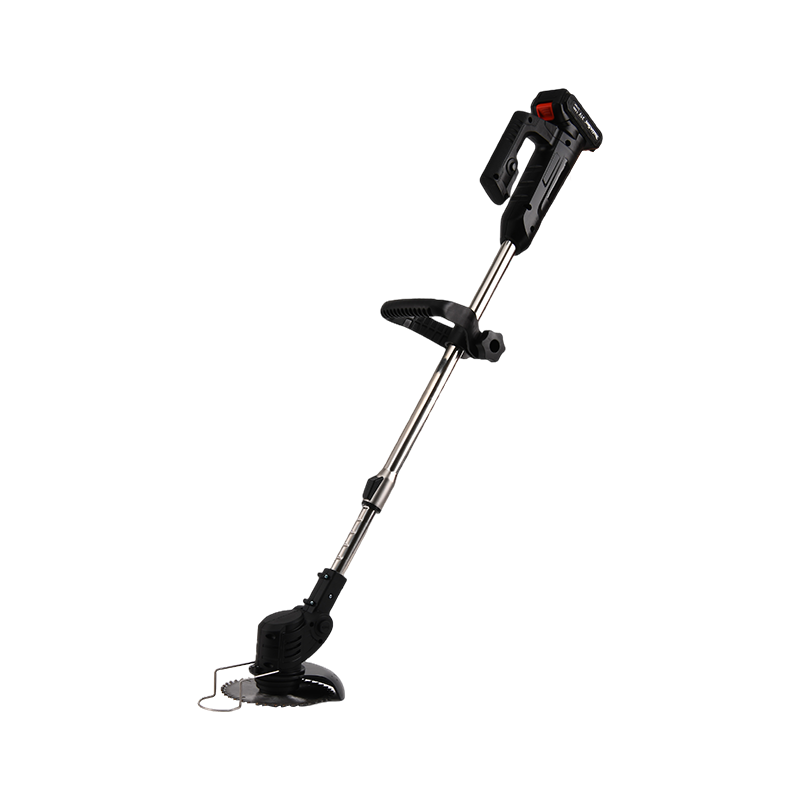In construction and renovation projects, cutting and trenching walls accurately and efficiently is often necessary for electrical wiring, plumbing, ventilation, or structural modifications. To meet these demands, specialized tools such as the Wall Sawing Machine, Wall Trenching Machine, and Angle Grinder Wall Chaser have become common on job sites. Each of these machines offers unique benefits tailored to different types of wall cutting and grooving tasks.

The Wall Sawing Machine is designed to make precise and straight cuts through various wall materials, including concrete, brick, and masonry. It typically features a powerful motor and a diamond-tipped blade capable of cutting through dense materials. This tool is widely used when larger openings are required, such as doorways, windows, or passageways in load-bearing walls. Its ability to produce clean cuts with minimal vibrations helps preserve the integrity of the surrounding structure.
Operating a Wall Sawing Machine involves mounting the saw on a guide rail or track to ensure straight and controlled cuts. This setup enhances precision and safety by stabilizing the machine during operation. The saw can be adjusted to cut at various depths, making it versatile for different project requirements. Its use reduces the time and labor involved compared to manual cutting methods like chiseling or hammering.
Complementing the wall saw is the Wall Trenching Machine, which is specialized for creating narrow, uniform channels or trenches along walls. These trenches are essential for laying electrical conduits, plumbing pipes, or other embedded installations within a wall. The Wall Trenching Machine usually employs dual diamond blades that rotate simultaneously to create parallel cuts. The material between these cuts is then removed, leaving a clean channel.
The advantage of using a Wall Trenching Machine lies in its efficiency and precision. The machine produces consistent trenches with controlled depth and width, reducing the need for manual finishing and minimizing damage to the surrounding wall surface. This is especially valuable in renovation projects where preserving existing wall finishes is important.
For smaller-scale or more detailed grooving work, the Angle Grinder Wall Chaser is a practical and adaptable tool. An angle grinder fitted with a wall chasing attachment allows operators to cut narrow grooves or channels in walls with relative ease. This tool is suitable for light to medium-duty applications, such as installing wiring or small pipes in residential or commercial settings.
The Angle Grinder Wall Chaser benefits from the portability and maneuverability of the angle grinder itself. It is ideal for areas that are difficult to access with larger machinery, such as tight corners or small wall sections. Although it may not offer the same depth and width capacity as dedicated wall saws or trenchers, it is an economical and convenient choice for many jobs.
Dust control is an important aspect when working with the Wall Sawing Machine, Wall Trenching Machine, and Angle Grinder Wall Chaser. Cutting and grooving walls generate a significant amount of dust, which can affect worker health and job site cleanliness. Many modern machines incorporate dust extraction ports compatible with vacuum systems to capture dust at the source, improving air quality and reducing cleanup time.
In terms of workflow, integrating these tools into construction projects can significantly improve productivity. The Wall Sawing Machine is well suited for large-scale cutting tasks, while the Wall Trenching Machine efficiently handles channel creation for installations. The Angle Grinder Wall Chaser provides flexibility for smaller, precise cuts or areas where maneuverability is critical.

 English
English русский
русский Français
Français Español
Español